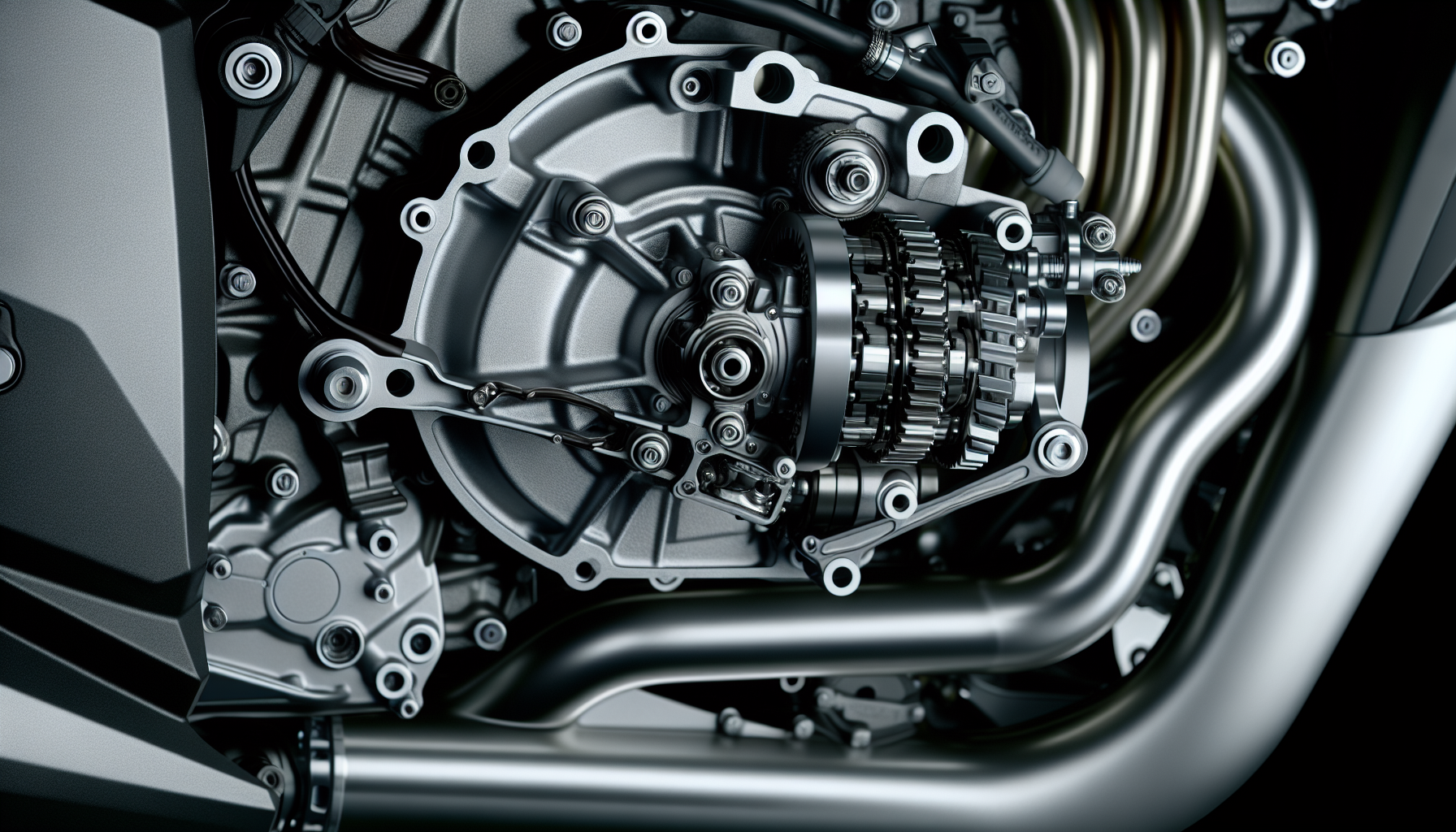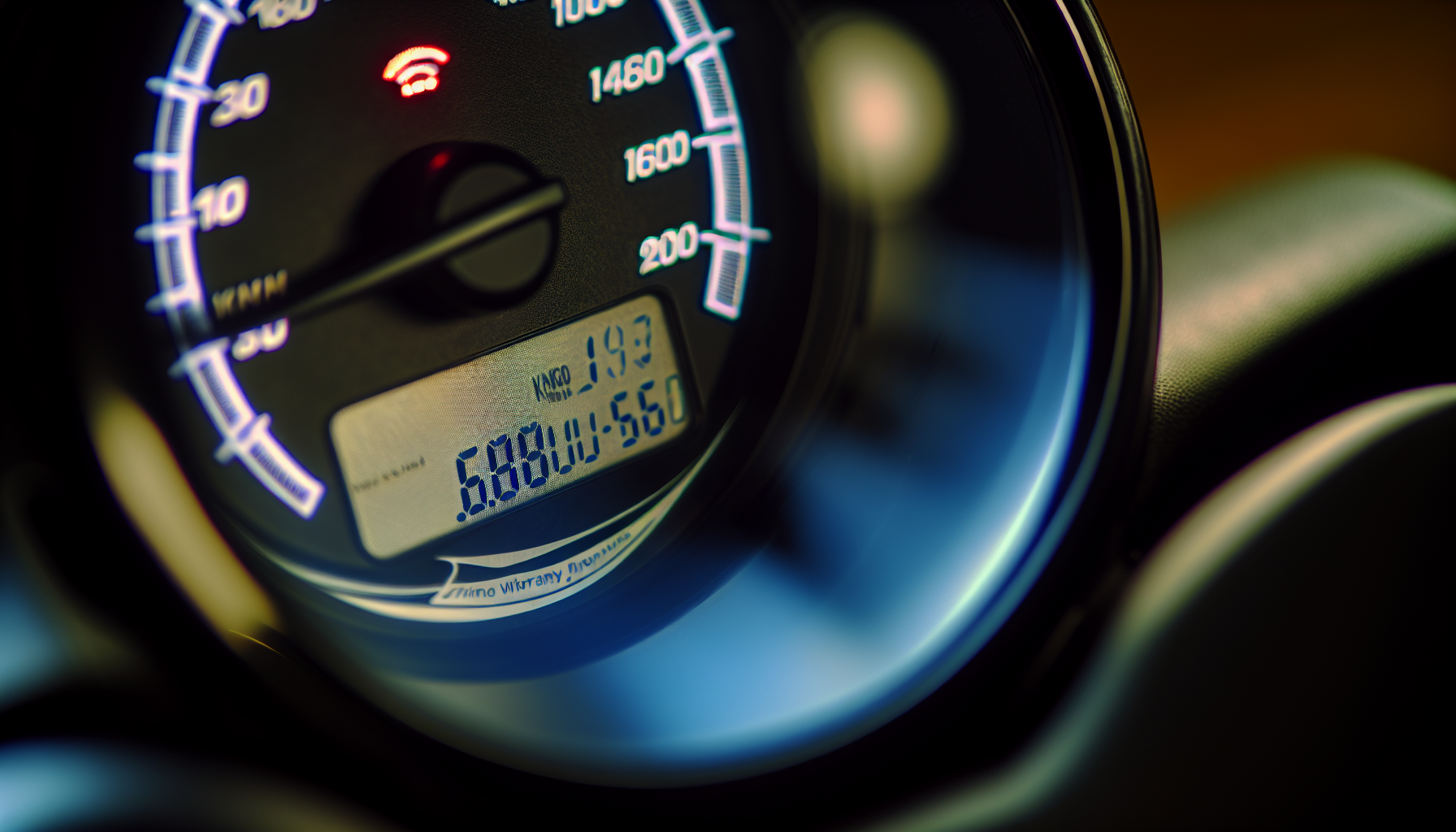Are you asking yourself, ‘what does a motorcycle warranty cover?’ Look no further. This article unpacks the coverage details of a motorcycle warranty, including the essentials—engine, transmission, and electrical systems—while clearly outlining the boundaries of factory and extended warranties. Dive in as we delineate the specifics that keep your bike protected, without the fluff.
Key Takeaways
- Motorcycle warranties guarantee a bike is free from defects and include factory warranties for parts and labor, while extended warranties cover repair costs after the initial warranty expires.
- Standard motorcycle warranties provide coverage for critical components like engines, gearboxes, and electrical systems, but exclude wear and tear items, damage from accidents, and unauthorized modifications.
- Extended warranties offer additional peace of mind with various durations and potentially unlimited mileage options, but require adherence to maintenance guidelines and procedures for filing warranty claims.
Understanding Motorcycle Warranty Coverage

Motorcycle warranties are essentially a promise from the manufacturer to stand behind their product. At its core, a warranty is a guarantee that the bike you’ve purchased is free of defects in material or workmanship and should perform as expected for a certain period. When you buy a new bike, it typically comes with a factory warranty that covers parts and labor for repairs or replacements, which is essentially your bike’s warranty.
But what follows after the manufacturer’s warranty reaches its expiry? This is where extended warranties come in. Extended warranties, or motorcycle protection plans, provide financial preparation for unexpected repair costs, extending the peace of mind that comes with a factory warranty. Their main function is to prolong the warranty period, furnishing extended protection against potential future breakdowns.
Factory Warranty
A factory, or manufacturer’s warranty, is a form of assurance that the manufacturer stands by the quality of its product. This warranty generally covers the repair or replacement of nearly all parts and electrical components that become faulty due to manufacturer’s defects in materials and workmanship.
Bear in mind, however, that factory warranties have a definite period of validity. They usually last for a predetermined period, after which the manufacturer’s warranty expires. This is where the role of an extended warranty can become beneficial.
Extended Warranty
An extended warranty is like an insurance policy for your bike, covering repair costs that might otherwise come out-of-pocket after the initial warranty period. These warranties come in different durations and may offer unlimited mileage options, catering to diverse rider needs and preferences.
Keep in mind that extended warranties typically exclude coverage for damages incurred from accidents or natural calamities. These scenarios are typically covered by insurance policies, not warranty plans. Therefore, riders should review the various levels of coverage and duration, and be fully aware of any exclusions before agreeing to the policy.
Components Covered by Motorcycle Warranties

Having deliberated on the types of warranties, one must now comprehend their specific coverages. Standard motorcycle warranties typically include coverage for:
- engine
- gearbox
- clutch
- cooling system
But these warranties often go beyond the engine and mechanical parts. They also provide coverage for:
- the front forks
- suspension
- brakes
- the motorcycle frame
It’s like having a safety net for your bike, offering protection for a wide range of parts and components.
Engine and Transmission
The engine functions as the heart of your motorcycle, while the transmission acts akin to its nervous system. Together, they determine the performance and reliability of your bike. Motorcycle warranties typically include coverage for these crucial components.
Extended motorcycle warranties typically cover the following components and associated parts:
- Engine
- Transmission
- Drive axle(s)
- Gearbox
They also generally cover the labor costs for the repair or replacement due to mechanical breakdowns in these systems.
Electrical Components
In this era of modern motorcycles, electrical issues could become quite troublesome. Thankfully, electrical problems, including faults in electrical components, are typically covered by motorcycle warranties.
This coverage encompasses parts such as:
- wiring
- switches
- sensors
- high-tech electronics
Thus, be it a faulty ignition switch or a malfunctioning sensor, your warranty assures coverage.
Accessories
Warranties aren’t just about the big stuff like engines and electrical systems. They also cover smaller, but still important, components and accessories. Genuine OEM parts and accessories may be covered under the original factory warranty, which includes the cost to replace or repair the items due to defects under normal use and service.
Moreover, separate coverage is often available for apparel and accessories, typically protecting against manufacturing defects in materials and workmanship for up to one year. Thus, from the engine to the handlebar grips, your warranty provides protection.
Exclusions and Limitations

Although warranties provide comprehensive coverage, they come with certain limitations. For instance, warranties usually exclude coverage for wear and tear items like brake pads, drive chains, air filters, and light bulbs, unless the issue stems from defects in materials or workmanship.
Moreover, damage from accidents, misuse, lack of proper maintenance, and using non-OEM parts that lead to problems can render a motorcycle’s warranty void. Unauthorized modifications or the installation of non-authorized accessories can also impact warranty coverage.
Wear and Tear
Wear and tear refer to the natural deterioration of a bike’s parts and components due to normal use. These normal wear items naturally wear out over time and are usually not covered under a motorcycle warranty. Examples of these items include:
- brake pads
- spark plugs
- battery cables
- tires
- fluids
- lubricants
- upholstery
- paint
However, some exceptions may apply.
For instance, if a wear item like brake pad linings separates from the metal backing due to a defect in workmanship, it could be covered.
Improper Maintenance
Maintenance significantly impacts both the lifespan of your bike and the enforceability of your warranty. Neglect of periodic maintenance specified by the manufacturer can void a motorcycle warranty.
Warranties may also exclude coverage for problems caused by the use of poor-quality fuel or oil, or the failure to maintain proper levels of lubricants and fluids. Hence, adherence to the manufacturer’s maintenance guidelines is imperative for riders to uphold their warranty.
Non-Insured Component Failure
Aftermarket modifications can make your bike unique, but they can also complicate your warranty coverage. Motorcycles modified with aftermarket components not approved by the manufacturer may void the warranty for related functional or performance issues.
In addition, damage due to misuse, which could be implied from unapproved modifications, is not covered under the warranty. So, before you decide to install that new exhaust or tweak your engine, consider the potential impact on your warranty coverage.
Warranty Period and Mileage

The duration and mileage coverage form significant aspects of your warranty to consider. Warranty periods for motorcycles can vary widely depending on the manufacturer. Factory warranties typically last for 1 to 2 years, while extended warranties can offer coverage for a longer period. However, exceeding the mileage limitations specified in a warranty can lead to the termination of the warranty coverage.
Manufacturer’s Warranty Duration
The duration of a manufacturer’s warranty typically starts from the date of purchase and can vary from one brand to another. For instance, Indian Motorcycle offers a two-year standard factory warranty that comes with unlimited miles. Some motorcycle warranties have a mileage limit, but brands like Harley-Davidson provide a 2-year factory warranty without mileage restrictions. It’s important to know the duration of your warranty as it dictates how long you’re protected.
Extended Warranty Duration
Extended warranties contribute to further peace of mind by prolonging the coverage period beyond the manufacturer’s warranty. These warranties typically offer coverage options with varying durations, which can extend up to five years.
What’s more, some plans for extended motorcycle warranties provide unlimited mileage options. This means you can enjoy your ride without worrying about clocking up too many miles.
Submitting a Warranty Claim

In the event of a covered defect, an authorized dealer typically files your warranty claim for you. The dealer is then reimbursed for labor and materials after the claim is approved.
However, warranty claims are subject to review by the manufacturer’s warranty assessors. They can approve, reject, or request additional information to validate the claim.
Working with Authorized Dealers
To ensure the validity of the coverage, warranty repairs must be carried out by an authorized dealer.
There are some exceptions for emergency repairs performed by individuals other than authorized dealers. These repairs may be accepted by the distributor, and emission-related work in the U.S. can be done by any repair shop without voiding the warranty.
Proof of Purchase and Maintenance Records
Certain documents need to be provided when lodging a warranty claim. These include general details about the part and reason for replacement, often necessitating proof of purchase.
Maintenance records are also essential to justify the condition and servicing history of the part in question. These documents, along with images or PDFs, need to be uploaded as part of the claim process.
Summary
So, there you have it – a comprehensive breakdown of what a motorcycle warranty covers. From understanding the basics of factory and extended warranties to knowing what components are covered and the exclusions to watch out for, you’re now equipped with the knowledge to navigate the world of motorcycle warranties. Remember, a warranty is more than just a piece of paper; it’s a promise of quality and a safety net for your ride. Ride safe, knowing you’re covered.
Frequently Asked Questions
What does warranty on a bike cover?
A bike warranty covers defects resulting from the manufacturing process, not damages caused by accidents or negligence. It is provided directly by the manufacturer, not the insurer.
How does warranty work on a bike?
A bike warranty is a contract between you and the manufacturer, ensuring free or low-cost repair or replacement of parts if they break. This provides peace of mind for bike owners.
What is an extended warranty?
An extended warranty is similar to an insurance policy for your bike, covering repair costs that would typically be out-of-pocket after the initial warranty period. It comes in different durations and may include unlimited mileage options.
How long does a manufacturer’s warranty last?
Manufacturer’s warranties typically last from 1 to 2 years depending on the brand, with some brands offering a two-year standard factory warranty that comes with unlimited miles.
What documents do I need to submit a warranty claim?
To submit a warranty claim, you will need to provide general details about the part, proof of purchase, and maintenance records to justify the condition and servicing history of the part. Having these documents will support your claim and help expedite the process.


